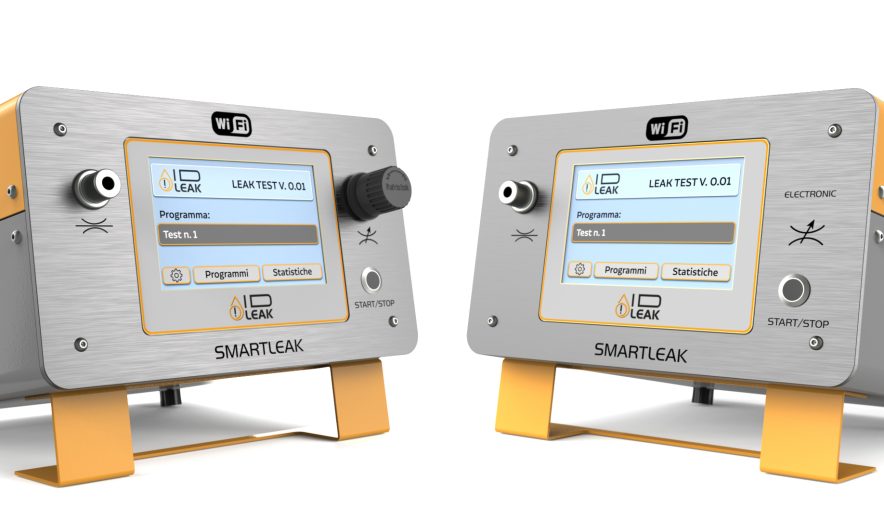Leak test:
When, how and especially why?
Regardless the type of production process, carrying out test and inspection between the various phases and at the end of the line plays a decisive role in verifying the correct construction and execution of the product, to grant the expected level of performance and the complying of every feature of the of the product with the required standards.
Some products and components require, among other things, the hermetic seal in relation to the fluids they will contain; in other cases, vice versa, they require the seal against fluids that must not penetrate the object.
In example, a gearbox requires perfect sealing against oil leaks, while on the contrary the lights needs sealing against water infiltrations.
The sealing against leaks and/or infiltrations involves a wide range of parts and components intended for the most varied sectors and applications: from automotive to medical, from electronics to hydraulics/pneumatics and so on.
Carrying out a test that granting the seal of the tested object
in a uniform and objective way becomes decisive in the production process:
in fact, it is the pillar of the reliability of a product, intended both as a single object,
and as a part/component of more complex machinery and equipment.
The accuracy, repeatability, and objectification of the leak test are crucial to be able to place the product on the market and/or in the subsequent production stages, especially in the case of industrial mass production.
The methods and procedures for carrying out the leak test are apparently an extremely critical point,
to be managed with the highest accuracy and precision.
Historically, the leak test has undergone important evolutionary steps: the first (almost “primitive”) leak tests were carried out by immersing the item in water and verifying the presence of bubbles after having blown air, or vice versa verifying the presence of water in the inside of the piece (in the case of infiltration tests).
The effectiveness of this test method is undoubted – and it is still used today for more typically artisanal productions and in very special cases – but it features some limitations:
- First of all, this type of leak test is only qualitative (it detects any leakage/infiltration, but fails to measure it);
- Mainly, this test does not give objective feedback: the result of the test is left to the observation and evaluation of the Operator who carries it out, hence it’s exposed to errors and/or unsuitable attention/accuracy, as Operator’s level of attention can vary over the course of the working day;
- In addition, this methodology cannot be applied to those objects that cannot come into contact with liquids, and in general requires a drying time which could become excessive for productivity needs.
Technological development has allowed the creation of equipment for leak tests through compressed air: beyond eliminating the subjectivity of the results, they features several advantages:
- They measure any leakage/infiltration accurately, allowing to set acceptance, rejection and recoverability thresholds on the tested object;
- They allow to manage the results analytically, creating a historical archive suitable to identify recurring defects;
- Zero drying times, with a positive impact on test completion times.
The use of leak test tools allows to improve the accuracy of the tests,
reducing waste and product defects,
with positive impact on the time and cost of the entire production process.
Would you like a personalized advice? We’re looking forwart to get in contact with you!


Leave a Reply
You must be logged in to post a comment.